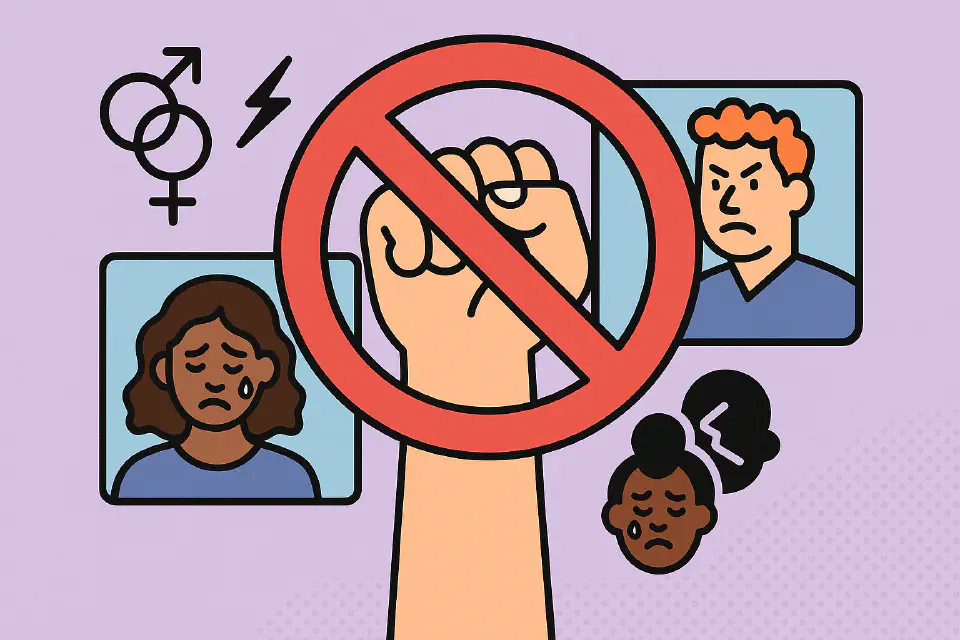
Anti-Harassment and Anti-Discrimination Policies
Harassment and discrimination erode trust fast. HR must take a zero-tolerance stance—not just in words, but in systems and action.
Why It Matters
Harassment and discrimination are among the most harmful forms of workplace misconduct.
They lead to:
- Legal consequences
- Employee turnover
- Reputational damage
- Mental health harm
- Loss of productivity and trust
Common Types and Examples
| Category | Examples |
|---|---|
| Sexual harassment | Inappropriate comments, touching, sexual jokes |
| Racial discrimination | Unequal promotion, slurs, microaggressions |
| Age discrimination | “Too old to learn tech”, early retirement pressure |
| Disability bias | Refusal to accommodate, exclusion from events |
| Gender-based issues | Pay gap, role stereotyping, maternity penalty |
Key Legal Frameworks
| Region | Core Law or Regulation | Notes |
|---|---|---|
| USA | Title VII, ADA, ADEA | Federal protection + state-level laws |
| EU | Equality Directives, Charter of Rights | National laws must comply with EU protections |
| UK | Equality Act 2010 | Covers harassment, indirect and direct discrimination |
| Canada | Human Rights Acts (provincial + federal) | Strong protection + employer responsibilities |
| Global | ILO Convention 190 (Violence and Harassment) | Sets international standard—ratification varies |
What Belongs in a Policy?
An effective policy should include:
- Clear definitions with examples
- Scope: who is covered, including vendors and contractors
- Reporting mechanisms (confidential and multiple)
- Investigation process
- Anti-retaliation protections
- Consequences and disciplinary steps
- Resources (e.g., EAP, legal aid)
Prevention Through Culture
Policy alone isn’t enough. Culture shapes behavior.
HR can:
- Integrate respect and inclusion into onboarding
- Highlight expectations during team trainings
- Coach managers to recognize early signs
- Celebrate diversity and address bias openly
Responding to Reports
When a case is reported:
- Acknowledge the report promptly and respectfully
- Maintain confidentiality but not secrecy
- Investigate objectively (internal or external)
- Protect the person reporting from retaliation
- Take appropriate and timely action
Intersectionality and Nuance
Some issues don’t fit into one box:
- A Black woman may face different barriers than white women or Black men
- Neurodivergent employees may not recognize hostile behavior in the same way
Train HR and leaders to recognize overlapping biases and complex identities.
Global Application
- Cultural sensitivity is vital—but cannot justify abuse
- Translate policies properly
- Adapt examples to local contexts, but preserve core values
- Consider anonymous reporting where culturally relevant
Accountability and Follow-Through
Track:
- Number and types of complaints
- Time to resolution
- Managerial awareness and response quality
- Re-offending or pattern behavior
Report trends (anonymized) to leadership and the board.
Final Thought
Anti-harassment and anti-discrimination policies are only meaningful if applied consistently and enforced.
They are not just legal protections—they are the boundaries of safety, dignity, and fairness at work.
📂 Categories:
HR Essentials